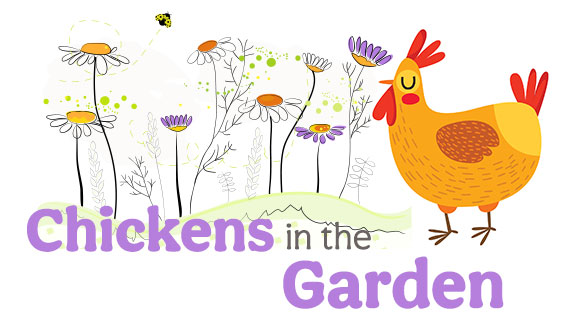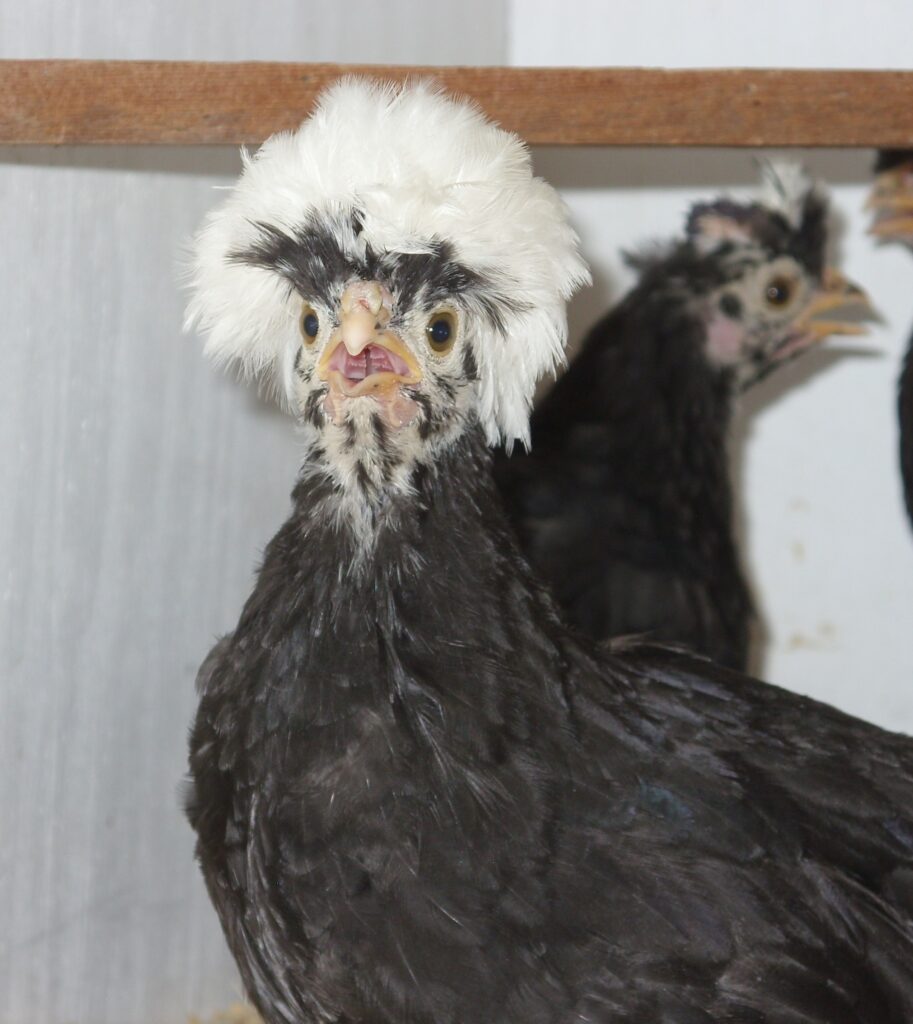Why you should consider adding a heritage breed to your flock
I have some new additions — 5 white-crested Polish hens. Well, I think all hens. I’m unsure about one. With small breeds like Polish, sexing at hatch isn’t reliable, so hatcheries only sell mixed run.
After the recent loss of my four older girls to a savage raccoon, I wanted to try a breed I hadn’t tried. I was looking at Silkies when I stumbled upon these 5 beautiful ladies at a local Tractor Supply. It’s unusual for farm stores to get in a shipment of Polish or other unique heritage chicken breeds, so I was lucky to find them without the hassle of mail order.
Fully grown, my white-crested Polish hens will weigh in around 41/2 pounds, small for a backyard chicken, but I’m raising them more for layers — and pets. I’m hoping they’ll keep me company on my weeding days in the garden. The bigger hens can ravage my ornamental beds!
While there are many different varieties of Polish chickens, my non-bearded, white-crested blacks are considered a “Heritage” chicken breed. This particular breed was recognized by the American Poultry Association in 1874.
Heritage Breeds
Often used interchangeably with “Heirloom,” “Antique,” or “Old-fashioned,” Heritage Polish are considered a “sustainable heritage breed.” According to the Livestock Conservancy (formerly known as the American Livestock Breeds Conservancy) to have the designation of a heritage breed, the chicken must be from parent and grandparent stock of breeds recognized by the American Poultry Association (APA) prior to the mid-20th century.
Heritage breeds must be reproduced and genetically maintained through natural mating. This means heritage breeds are never genetically modified or reproduced through artificial insemination. Chickens marketed as Heritage must be the result of naturally mating pairs of both grandparent and parent stock.
Heritage chickens must also be proven to withstand a long, productive outdoor life. Breeding hens should be productive for 5-7 years and roosters for 3-5 years. Living an outside life (as opposed to inside a crowded chicken house) exposes chickens to outside elements and all the pathogens by naturally foraging, which ensures a strong immune system. Factory-farmed birds don’t go outside or have the opportunity to use their natural foraging abilities, which is essential to a healthy, long-lived bird.
Finally, the label of “Heritage” requires a slow growth rate. This gives the chicken time to build a strong skeletal structure and healthy organs, before putting on muscle mass. Over their lifespan, this results is a much healthier bird.
Endangered Heritage Chicken Breeds
According to the Livestock Conservancy, 36 chicken breeds are actually in danger of extinction. The Polish are on the ALC’s “Watch” list. This means though they aren’t yet fully endangered, their breed is being monitored and could become endangered if steps aren’t taken to ensure their reproduction.
Creating hybrid chickens and new breeds causes poultry owners to lose interest in the older breeds. Raising heritage chickens supports conservation by sustaining older breeds, which encourages the genetic diversity of chicken breeds. While we don’t often think about it, most US chickens — over 90% — are factory-farm chickens. These chickens are grown for profit, so the chickens are bred to grow quickly (and die quickly), which translates to more profits — and less healthy chickens.
Homesteaders and poultry enthusiasts are helping to re-introduce rare and near-extinct breeds to the world. The popular Plymouth, or barred rock, as well as the Australorp, were once threatened, but now are considered “recovering” due to their wide popularity with backyard poultry keepers. I’m looking forward to a long, healthy life with my new Polish chicks.
I have four chicks left to name. Any ideas?



